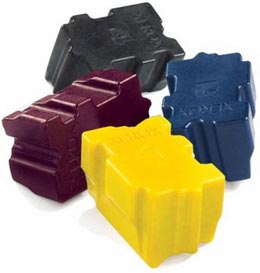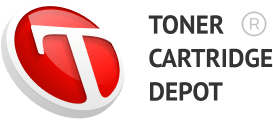
Printing is still an important part of any business, regardless the natural for business desire to slash the costs by printing less. Printing is still not a technology “green” enough for the adepts of paperless office, but it has greatly improved in recent years.
For instance, Xerox, apart from the laser and inkjet printer printers, has been actively promoting its solid ink technology as more “environmentally-friendly” with a “reduced carbon footprint.”
Actually, the mother of solid ink technology was in 1991 the Tektronix that developed it as a printing technology for office use. 9 years later, in 2000, Xerox acquired the Tektronix and added it as a brand line together with other lines of its printing products.
So, here is what you may want to know about solid inks.
Solid ink…
- changes its phase during printing. a solid stick of ink is heated and converted into a liquid ink
- creates an ink layer on the surface of the page. It does not “sink” into paper like inkjet ink or laser toner
- makes it harder to write with a pencil or a pen in areas of a page with a high concentration of ink
- is cartridge-free
- produces 90% less waste that a regular color toner cartridge as it has no casing, no real retail packaging and has little residual waste
- is more compact compared to a regular color toner cartridge
- can print on a larger gamut of paper types, because the gel and wax composition of solid ink sticks itself onto the paper as an affixed layer
- color sticks cost 1/3 of a black solid ink stick. That makes a color page cost as much as a black-and-white page
Solid ink printers…
- take longer to warm up for the ink to liquefy. They also need to go through a “cool-down” cycle before getting moved
- don’t produce ozone, unlike their laser counterparts, but
- do generate a “burning” smell because of the melting process during printing
- has the total cost of ownership of same level as inkjet printers do
